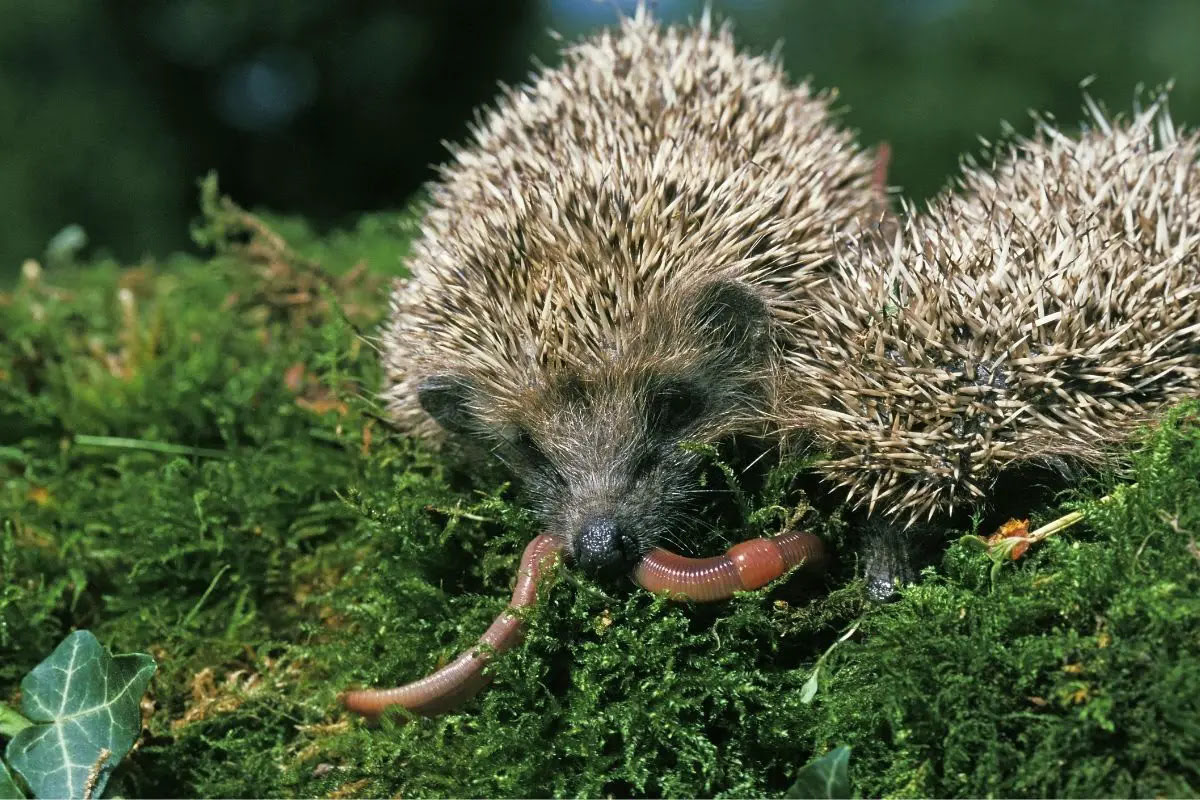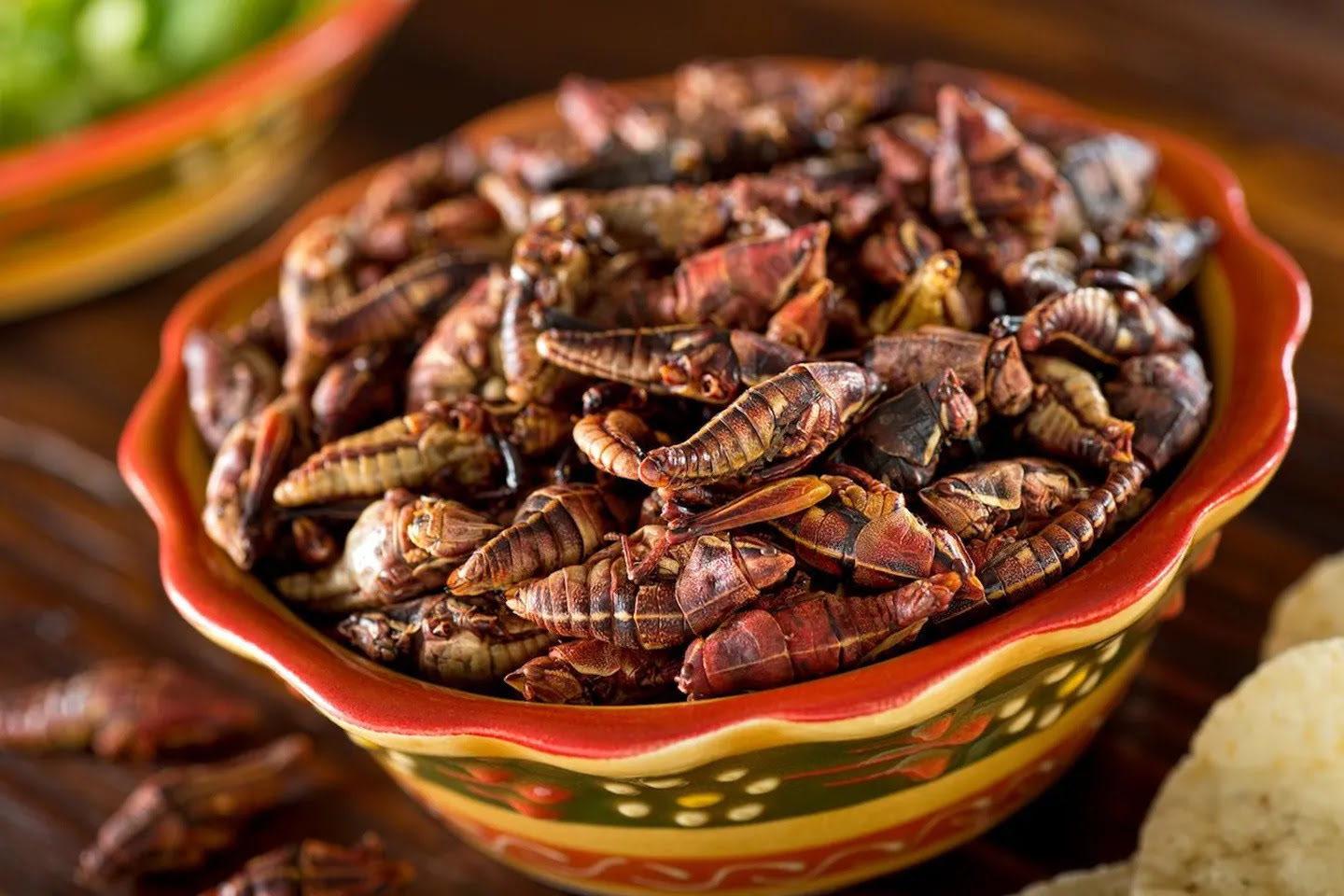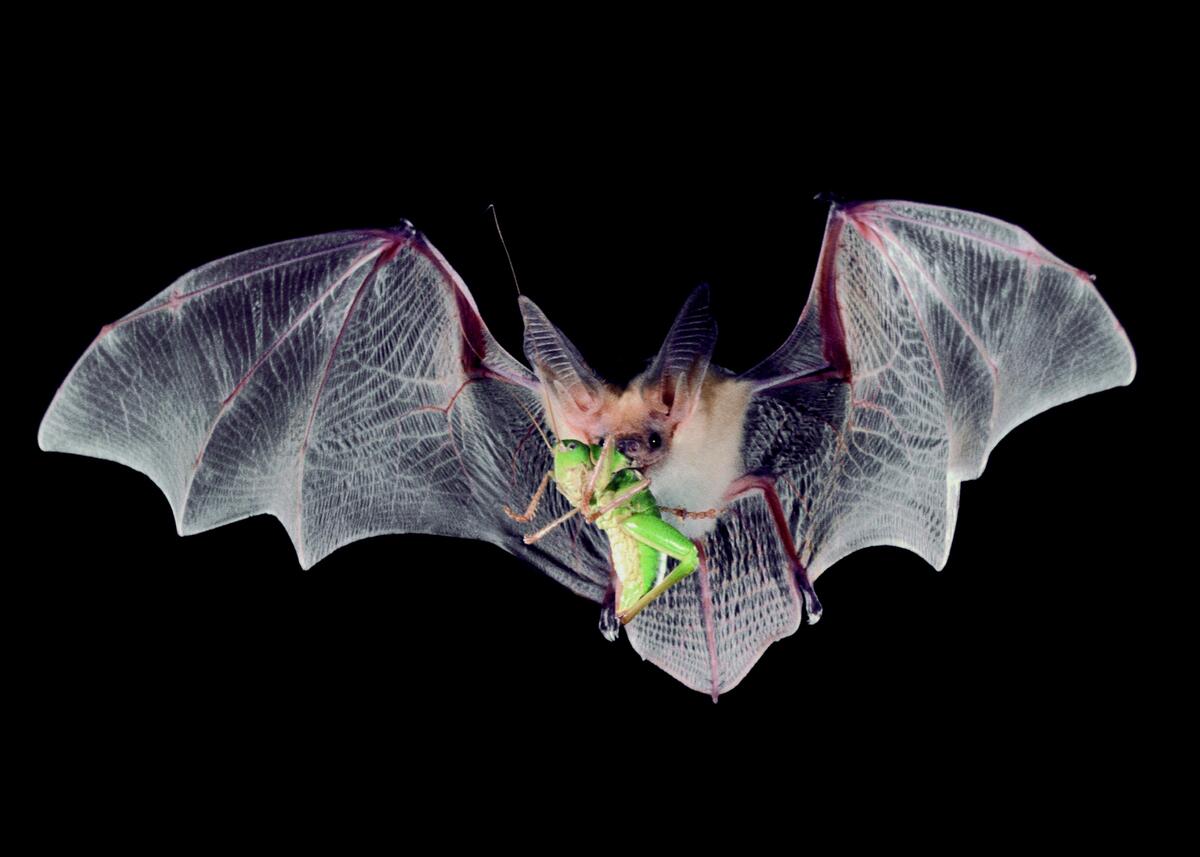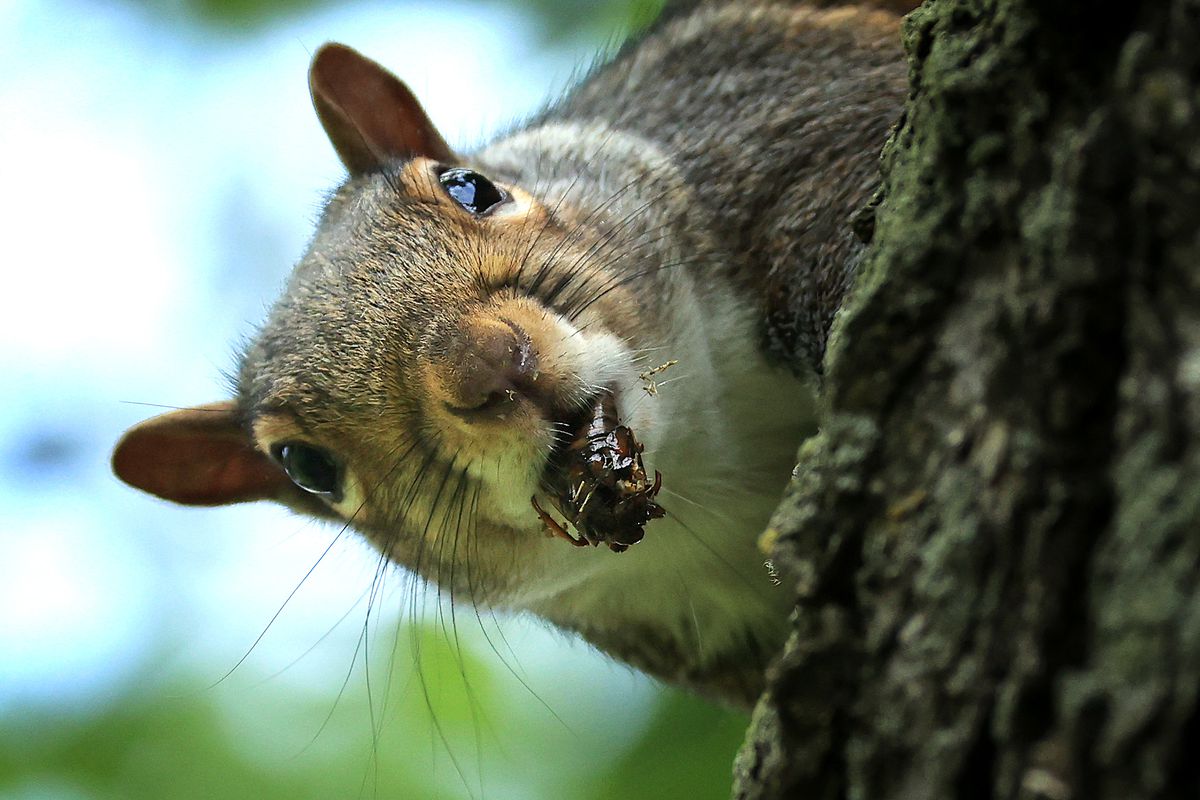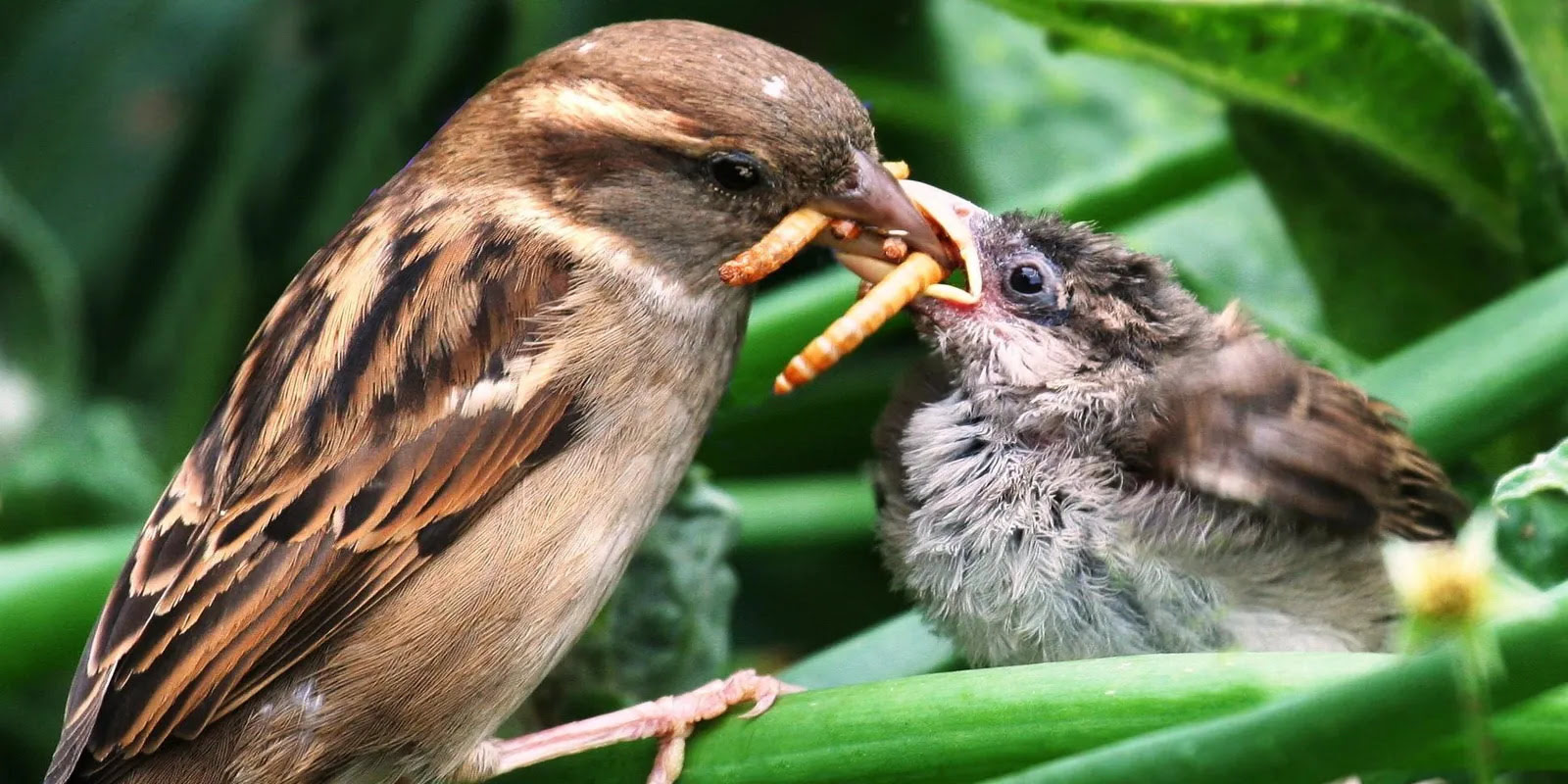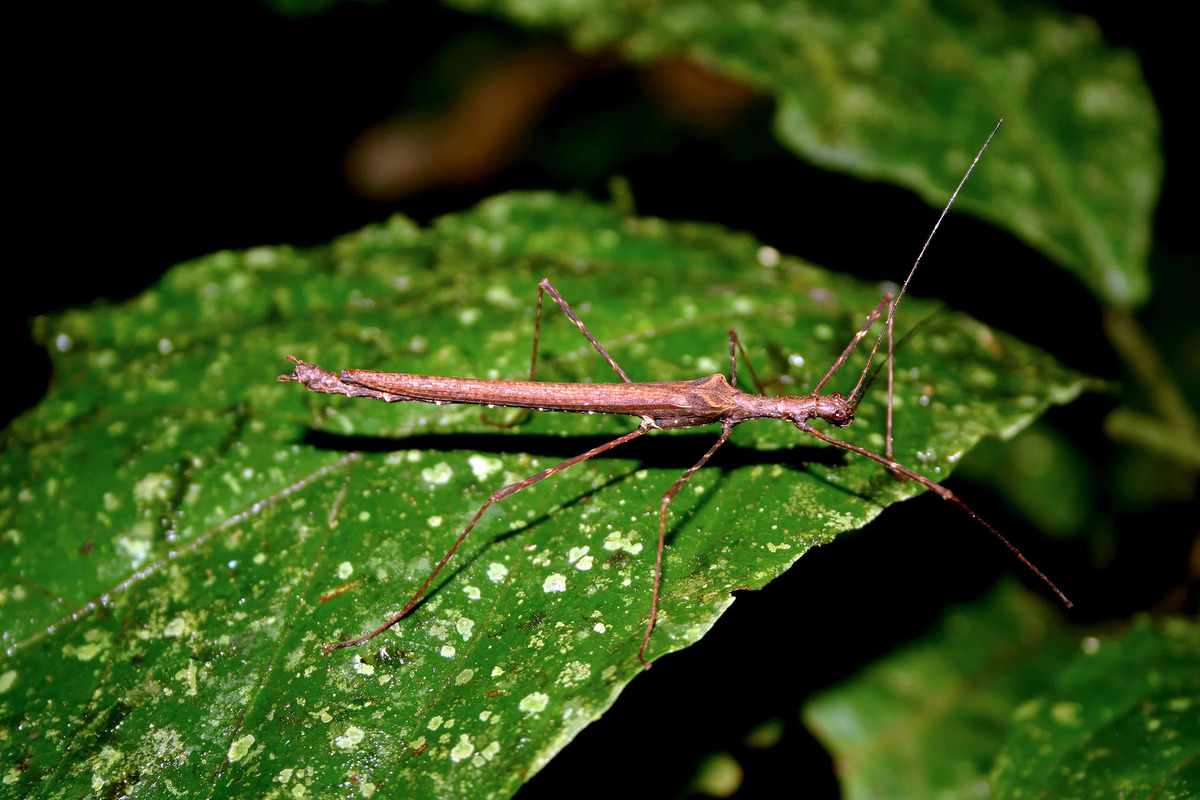Home>Gardening News and Trends>Latest News>What Insects Do Praying Mantis Eat
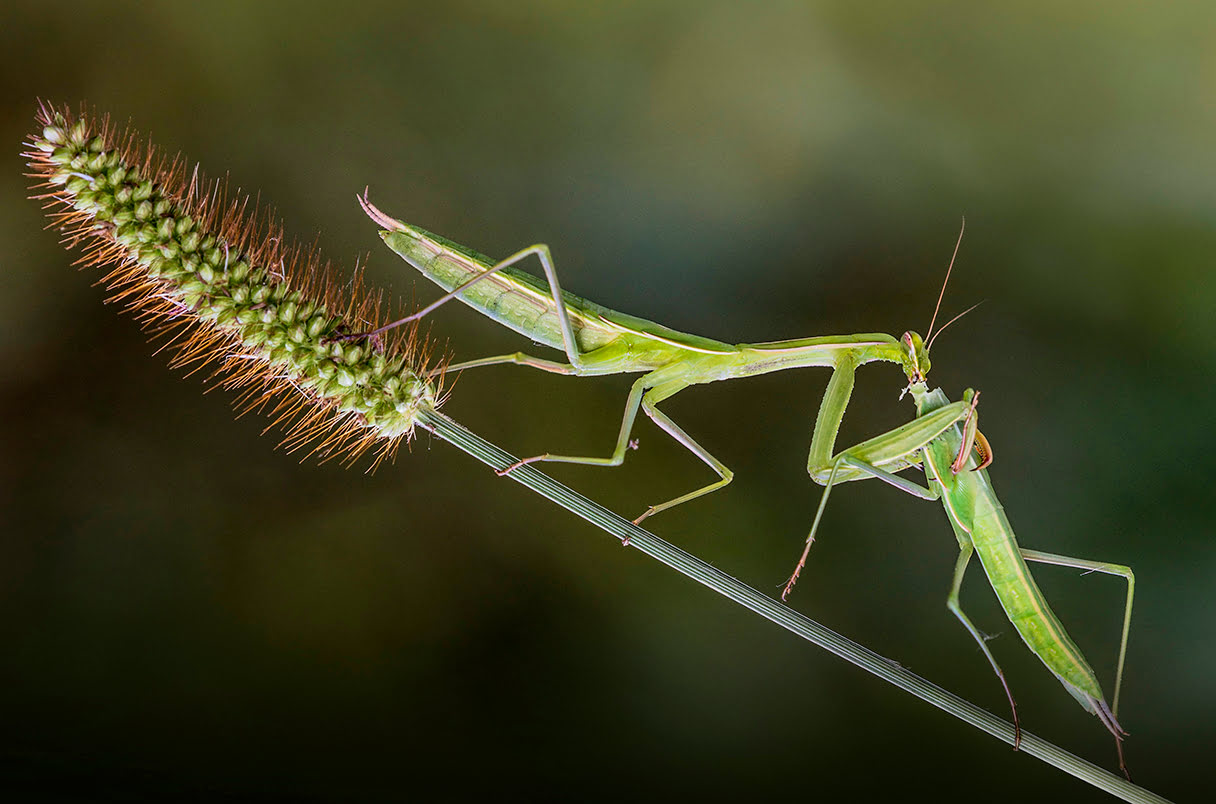

Latest News
What Insects Do Praying Mantis Eat
Published: December 11, 2023
Discover the Latest News on What Insects Do Praying Mantis Eat. Explore the fascinating world of praying mantises and their dietary habits.
(Many of the links in this article redirect to a specific reviewed product. Your purchase of these products through affiliate links helps to generate commission for Chicagolandgardening.com, at no extra cost. Learn more)
Table of Contents
Introduction
The praying mantis is an intriguing insect known for its distinctive appearance and impressive hunting abilities. With their elongated, slender bodies and prominent forelegs held in a praying position, these fascinating creatures have captivated the curiosity of both entomologists and nature enthusiasts alike.
Praying mantises are found in various regions across the globe and are known for their voracious appetite. While they may seem harmless, they are highly efficient predators that prey on a wide range of insects and other small creatures. Understanding their diet and feeding habits can shed light on their unique role in the ecosystem.
In this article, we will delve into the diet of the praying mantis, exploring the types of insects they consume, the factors that influence their prey selection, and the benefits of their diet.
So, if you’ve ever wondered what insects the praying mantis feeds on and how it manages to catch its prey, read on to discover the fascinating world of this remarkable insect.
Diet of the Praying Mantis
The praying mantis is an opportunistic carnivore, preying on a wide variety of insects and other small invertebrates. Its diet primarily consists of live prey, making it an essential part of the natural balance in ecosystems where it resides.
Praying mantises are ambush predators, relying on their excellent camouflage and stealthy movements to capture unsuspecting prey. They use their powerful forelegs to grip and immobilize their victims, delivering a swift and deadly bite. Once caught, the mantis consumes its prey while it is still alive.
One interesting aspect of the praying mantis’ diet is its preference for insects that are in motion. The movement triggers the mantis’ predatory instincts, making it more likely to launch an attack. This explains why they are commonly found on plants and foliage, waiting patiently for their next meal.
Although praying mantises are known to be generalist predators, their diet can vary depending on their species and available food sources. While insects make up the majority of their diet, mantises have been observed consuming spiders, small mammals, reptiles, and even other mantises in certain circumstances.
The size and age of the mantis also play a role in determining the types of prey it can capture. Smaller mantises typically feed on smaller insects, such as aphids and fruit flies, while larger mantises can tackle larger prey, including bees, moths, and grasshoppers.
Overall, the diet of the praying mantis is diverse and adaptable, allowing it to thrive in various habitats around the world. Its role as a natural pest controller makes it a valuable asset in agriculture, as it helps to keep populations of harmful insects in check.
Prey Selection
The praying mantis exhibits a fascinating process when it comes to selecting its prey. While it may seem like a random choice, several factors influence the mantis’ decision on what to hunt.
One significant factor is the availability of prey in the mantis’ immediate environment. The mantis will typically target insects that are abundant and easily accessible. These can include flies, mosquitoes, beetles, and other small insects found in gardens, forests, or grassy areas.
Interestingly, the praying mantis has been observed to preferentially select prey based on size. They tend to go for insects that are similar in size or slightly smaller than themselves. This allows them to better handle and manipulate their prey during the capture and consumption process.
Another important factor in prey selection is the mantis’ ability to distinguish specific visual cues. They are known to be highly visual predators, relying on sight to locate, track, and capture their prey. Insects that exhibit certain patterns, colors, or movements can easily attract the attention of a mantis and become a target.
Furthermore, the praying mantis has the ability to assess the potential risks and benefits of attacking certain prey. They take into consideration the defensive capabilities of their potential victims, such as the ability to sting, bite, or release toxic chemicals. This risk assessment plays a crucial role in determining whether the mantis will pursue a particular prey item or opt for a safer alternative.
It’s worth noting that praying mantises have also been observed to display adaptive feeding behaviors based on the availability of certain prey. For example, in environments where a specific insect species is in abundance, the mantis may adapt its feeding habits to focus primarily on that particular species for a period of time.
The ability of the praying mantis to selectively choose its prey demonstrates its advanced hunting and survival instincts. Through a combination of environmental factors, visual cues, and risk assessment, the mantis ensures it maximizes its chances of a successful hunt and a satisfying meal.
Common Insects Eaten by Praying Mantis
The praying mantis has a varied diet, consuming a wide range of insects that it encounters in its habitat. While the exact types of insects may vary depending on the species of mantis and the region it inhabits, there are several common insects that are frequently on the menu for these voracious predators.
One of the most common insects consumed by praying mantises is the humble fly. Flies, such as houseflies and fruit flies, are attracted to decaying organic matter and are often found buzzing around plants and fruits. The mantis patiently waits for these quick and agile insects to come within striking range before capturing and devouring them.
Mosquitoes are another frequent target for praying mantises. These blood-sucking insects are notorious pests and can transmit diseases to humans and animals. The mantis, with its lightning-fast reflexes, hunts down mosquitoes in mid-air, providing a natural form of mosquito control and reducing their population.
Beetles are also commonly consumed by praying mantises. Beetles come in various shapes and sizes, and their hard exoskeletons provide a crunchy and nutritious meal for the mantis. From ladybugs to ground beetles, the mantis takes advantage of their abundance in many ecosystems.
Butterflies and moths are not immune to the relentless hunting skills of the praying mantis. These delicate insects, known for their beautiful wings and vibrant colors, are prime targets for the mantis due to their fluttering flight patterns. The mantis’s ability to camouflage itself among foliage makes it a stealthy predator, giving it an advantage in ambushing and capturing these graceful insects.
Grasshoppers and crickets are also on the menu for praying mantises. These hopping insects are known for their powerful back legs and agility. However, the mantis is equipped to deal with their swift movements and captures them in its vice-like grip. The substantial size of grasshoppers and crickets provides a satisfying meal for the mantis, ensuring its nourishment and growth.
Other common insects that fall victim to the mantis include aphids, ants, spiders, and even smaller mantises. The mantis’s ability to adapt its feeding habits to the available food sources allows it to take advantage of a wide range of prey options in its ecosystem.
By preying on these common insects, the praying mantis not only satisfies its hunger but also plays a crucial role in maintaining ecological balance. Acting as a natural pest controller, the mantis helps keep populations of harmful insects in check, contributing to the overall health and harmony of its environment.
Benefits of a Praying Mantis’ Diet
The diet of the praying mantis offers numerous benefits, both to the mantis itself and to the ecosystem in which it resides. Let’s explore some of the key advantages of the mantis’s carnivorous eating habits.
One of the primary benefits of the praying mantis’s diet is its role in pest control. The mantis’s appetite for insects helps to naturally regulate populations of harmful pests. By targeting insects like flies, mosquitoes, aphids, and other pests that can damage crops and plants, the mantis acts as a natural form of biological control. This reduces the reliance on chemical pesticides, promoting more sustainable and environmentally-friendly farming practices.
Furthermore, the mantis’s presence in gardens and agricultural fields can reduce the need for manual intervention in pest management. Farmers and gardeners can rely on these efficient predators to keep pest populations in check, minimizing the damage caused by insects and promoting healthier plant growth.
Another benefit of the praying mantis’s diet is its contribution to nutrient cycling. Insects that are consumed by the mantis play a role in decomposing organic matter and recycling nutrients back into the ecosystem. By preying on these insects, the mantis indirectly participates in this nutrient recycling process, helping to maintain the overall health of the ecosystem.
Additionally, the mantis’s diet allows for the transfer of energy between trophic levels in the food chain. Insects consumed by the mantis serve as a source of energy, which is then transferred to the mantis itself. This energy can further be transferred to other organisms that may prey upon the mantis or feed on its waste. Thus, the mantis acts as a vital link in the food web, facilitating energy flow and sustaining higher-level predators.
Moreover, the diet of the praying mantis contributes to the genetic diversity and adaptation of the species. As the mantis selectively hunts its prey, it exerts evolutionary pressure on the insects it consumes. Over time, this can lead to the development of unique adaptations in prey species, ensuring their survival in the face of predation. This dynamic interaction between predator and prey helps to shape the biodiversity and ecological dynamics of the ecosystem.
Overall, the praying mantis’s diet offers a range of benefits, including natural pest control, nutrient recycling, energy transfer, and evolutionary dynamics. These advantages highlight the important role that the mantis plays in maintaining the equilibrium of ecosystems and promoting ecological sustainability.
Conclusion
The praying mantis, with its unique appearance and hunting prowess, is an insect that captures our fascination. Its diet consists of a wide range of insects and small invertebrates, making it an important predator in ecosystems around the world. By understanding the mantis’s diet and feeding habits, we gain insight into its role in controlling pest populations, promoting nutrient cycling, and contributing to the overall balance of the ecosystem.
The praying mantis’s diverse diet includes common insects like flies, mosquitoes, beetles, butterflies, grasshoppers, and more. Its ability to adapt its feeding habits to the available food sources allows it to thrive in various environments. Through selective prey selection based on size, visual cues, and risk assessment, the mantis ensures the successful capture and consumption of its chosen victims.
The benefits of a praying mantis’s diet are far-reaching. Its predation on harmful pests helps farmers and gardeners reduce their reliance on chemical pesticides, promoting more sustainable and eco-friendly pest control practices. The mantis’s role in nutrient recycling and energy transfer contributes to the health and stability of ecosystems, while also shaping the genetic diversity and adaptation of prey species.
In conclusion, the diet of the praying mantis showcases the intricate web of interactions within our natural world. By playing the role of a skilled predator, the mantis brings balance to the ecosystem, serving as a valuable asset for pest control and ecological sustainability. Appreciating the significance of the mantis’s diet enhances our understanding of the delicate balance of nature and the importance of preserving these remarkable creatures and the ecosystems they inhabit.

